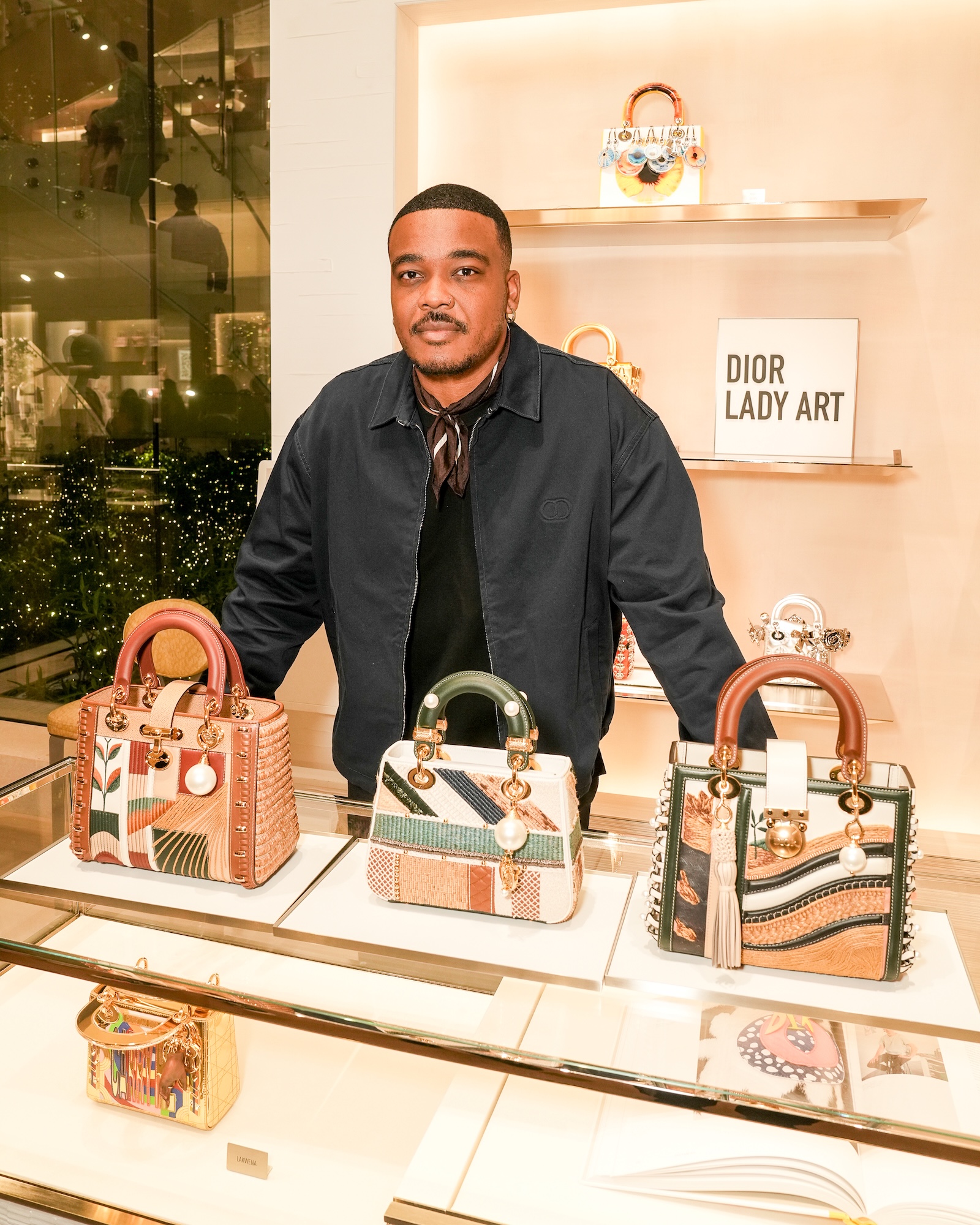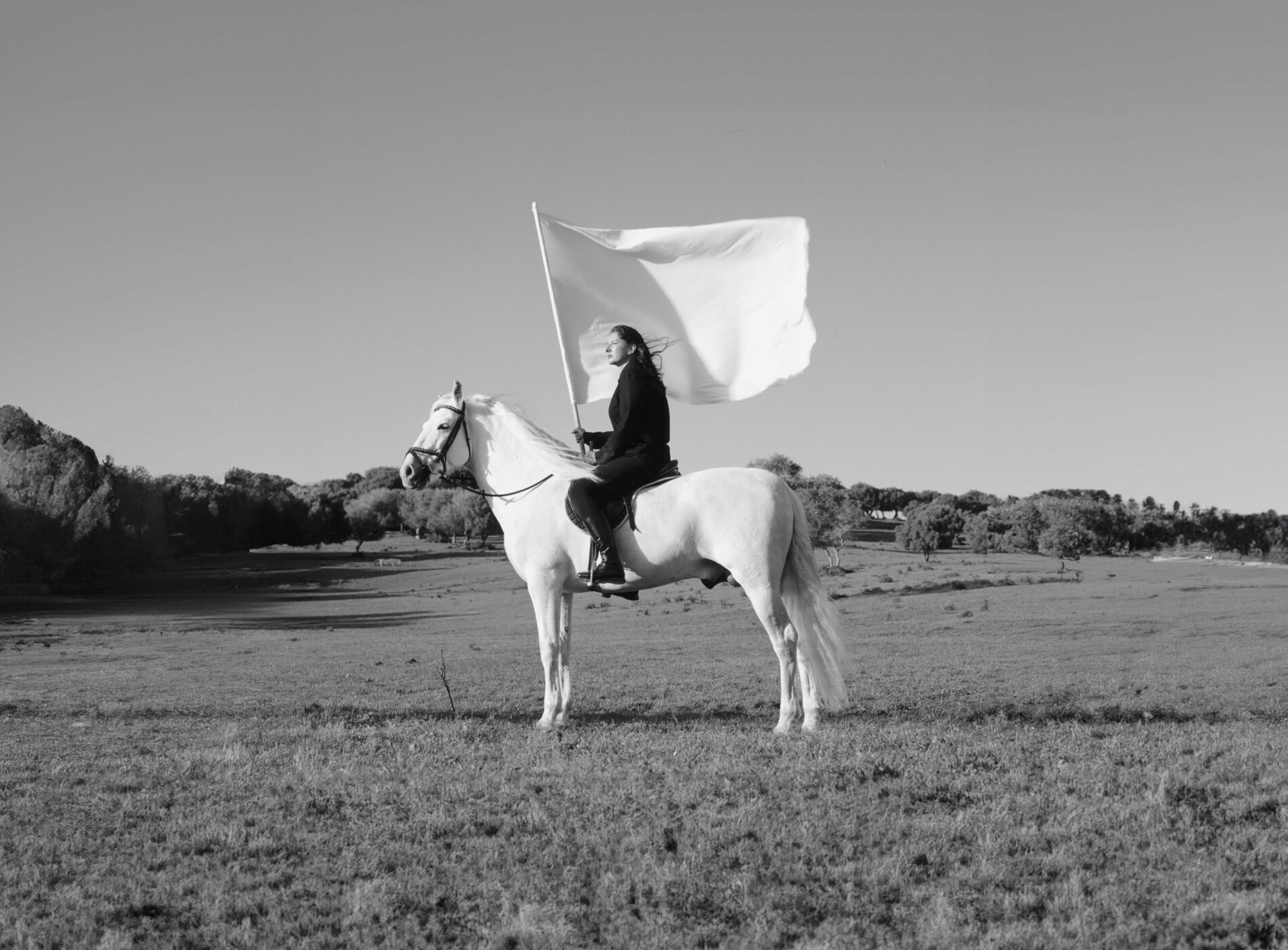![Alt Text]()
Haute Couture fall/winter 2018-2019
Caraman, the name Clare Waight Keller ascribed to her second haute couture show at the vast garden of the Archives nationale, is also the name of the hôtel particulier housing the Givenchy headquarter where the founder established the couture atelier in 1952. Keller returned to the source – the archives and the ateliers – and brought forth Mr. Givenchy’s propensity for opulent draping and cocooning of the body in architectural, sculpted and fluid clothes where heritage cloaks and capes, hoods and peck-a-boo necklines and pleats and petals emerged anew as these traces of the past lived on in black mock neck coat-cape with open front over a white silver long dress or the Intrigante cape and dress from autumn-winter 1972 became a black high shoulder rectangular belted coat paired with a simple black dress. The house’s past and present fused effortlessly on a white and light rose embroidered metallic corset with peplum skirt and black pants perfected by the expert hands at the atelier.
The Givenchy show that opened the fall-winter 2018-2019 haute couture week provided the beacon guiding the rest of the season’s collections all steeped in heritage and drabbed in craftsmanship in the production fine and unique clothes. But is couture just only about client friendly clothes?
Surrounded by wall grid installations of mannequins dress forms dressed in white toiles that duplicated the part of the 70th year exhibition Dior, Couturier du rêve last year at the Arts décoratifs, Maria Grazia Chiuri put the sacred work of the atelier front and center in creating these exquisite and unique garments with an undertone of 1950’s silhouettes, each constructed and sculpted meticulously by hand in ‘codified gestures’ – a satin beige brown strapless flare dress or one in organza flowers, a blush pleated silk plissé dress, a black skirt suit or a panoply of simple evening gowns in celery, rose, tea or light navy duchesse, crêpe or chiffons.
But the rigid reverence to the archives and the reliance on the atelier fostered a sense of repetition at junctures at both the Givenchy and Dior shows despite of the flawless exquisitely executed garments. Missing was perhaps the emotion quotient and a sense of experimentation with cuts, with proportions and with an attempt to find a new silhouette. This too was a problem at Giorgio Armani show where the 96 looks aimed as lessons for young people to the true meaning of haute couture became a retrospective of the designer’s entire gamut of silhouettes rather than a manner to entice a new generation to the value of couture.
Against the mockup of the Institut de France home to the prestigious intellectual temple Académie Française and those bouquinistes installed along the left bank quais of the Seine, Karl Lagerfeld sent out models in versions of rigorous long and narrow suitings that unzipped to reveal embroidered micro skirt underneath and soft dresses with cropped jackets in city stones tweeds, failles and layered chiffons some adorned with subtle embroideries. The handiwork of the Chanel tailleur atelier is ubiquitous in a show dominated by the precise cutting of the jackets, coats, and long skirts – a black coat with lining made of subtle pink flowers. Yet the setting of the spectators of people on the Paris riverbanks sidewalks is ironic in that these Chanel couture clothes aren’t really made for gazing rather they are made for specific customers who can appreciate hand made clothes. Beneath the zippered long skirt or sleeves are elaborate underskirt or silk and chiffon linings – a world slightly hidden from view. Perhaps that’s the point of couture today not the flashy digital ready look but the perfectly made tailleur or dress with a focus on details unavailable anywhere else but to the specific client.
Casting the centrality and laurels of heritage aside, John Galliano at Maison Margiela and Pierpaolo Piccioli at Valentino deployed a personal approach that nurture a new vision of couture and the quest for elegance at a time when streetwear has invaded high fashion.
In a podcast, Galliano spoke of the joy and the transformative process of dressmaking where the never-ending application of techniques of cutting and draping without any specific endgame can lead to a discovery of a new volume– “it’s what makes fashion moves forward.” In actuality, to create the sense of nomadic glamour, the designer superimposed one garment on another, one layer of interfacing and stitching upon another and also the “memory of a garment in another garment” by repurposing a skirt worn upside down as a tee-shirt or a tail coat within another garment. Galliano re-casted old conventional meanings of fashion forms and functions and colliding them into a bunch of fantasy and fantastic garments with mountains of found and reused fabrics like Queen Elizabeth silk scarves, old pillows, torn organza, felt wool, padded blanket and worn down puff coat into garments such as an orange packing foam cut-out caban, a patchwork wool and organza Velcro fastened coat or a brown skeletal wool coat with a baby size dress attached to the front – nothing short of a dazzling display of what dressmaking can do.
Reaching for ideas that spawned across eras and ethos, Piccioli’s smorgasbord blended cultures, arts and fashions past and present – Proust, Maria Callas and ‘Medea’, Pier Paolo Pasolini, Joyce’s Molly Bloom, Kairós and Kronós from Hellenist Greek, middle ages, 18th century armour, and oh Ziggy Stardust– all coalesced into a drama of volume and bright colors expressed through clothes ‘pictured in a daydream, brought to life through emotions, emotions that are imprinted in the air, between the intarsia, and in the weavings.” The dream of a dress became the appliqué brocade capes and dresses embroidered with intertwining images of Daphne and Apollo, a balloon purple taffeta long dress floated on the body, or a simple red cashmere bolero scarf paired with a light pink silk satin ankle dress with waist pleats. A deep blue dress embroidered with Europa and the Minotaur and a giant off-shoulder fuschia taffeta plissé - both fabricated with amazing coup of constructions by the atelier hands named for each garment - evoked intense emotions – a real rarity nowadays even at haute couture shows. Rooted in the present, Piccioli avoided the easy traps of both nostalgia and replicating heritage silhouettes.
Haute couture is sort of tribal but it is neither anchored within any community of serious followers and stakeholders nor belonged to a popular fashion base similar to that of any serious streetwear brands. However stacked against all the odds, haute couture persists. With the breath of fall-winter collections wide both in ambition and magnanimity, Pierpaolo Piccioli and John Galliano advocated a clear path forward towards defining what is couture today – the unfettered imagination through a dialogue with time coupled with exercising of the craft of dressmaking.
PHOTOGRAPHER: THIERRY LE GOUÈS AT DCA MANAGEMENT, PARIS.
TALENT: JIANG XIAO YI AT SILENT, PARIS, MARIE FOFANA AT IMG, PARIS, ROBIN COCCO AT METROPOLITAN, PARIS.
HAIR: DAVID DELICOURT AT CALLISTE, PARIS.
MAKEUP: LISA LEGRAND AT AIRPORT AGENCY, PARIS.
PHOTO ASSISTANT: THÉO RIOU
F L A U N T


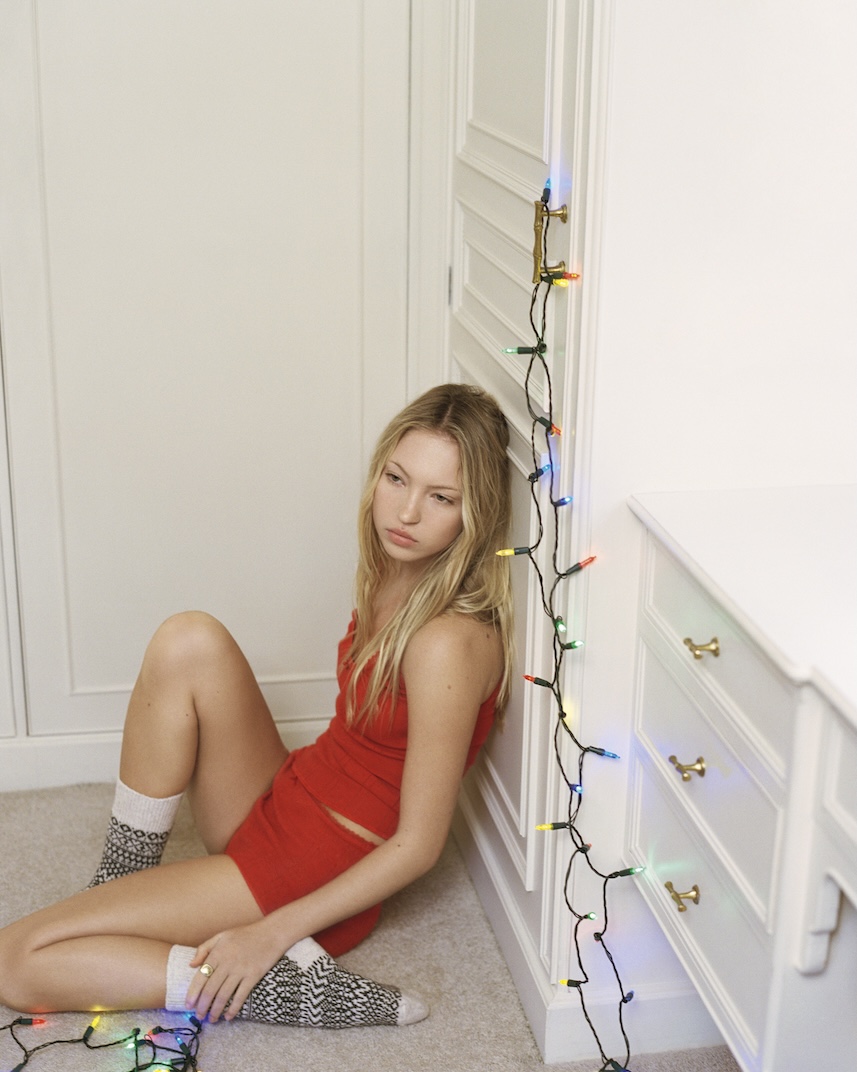
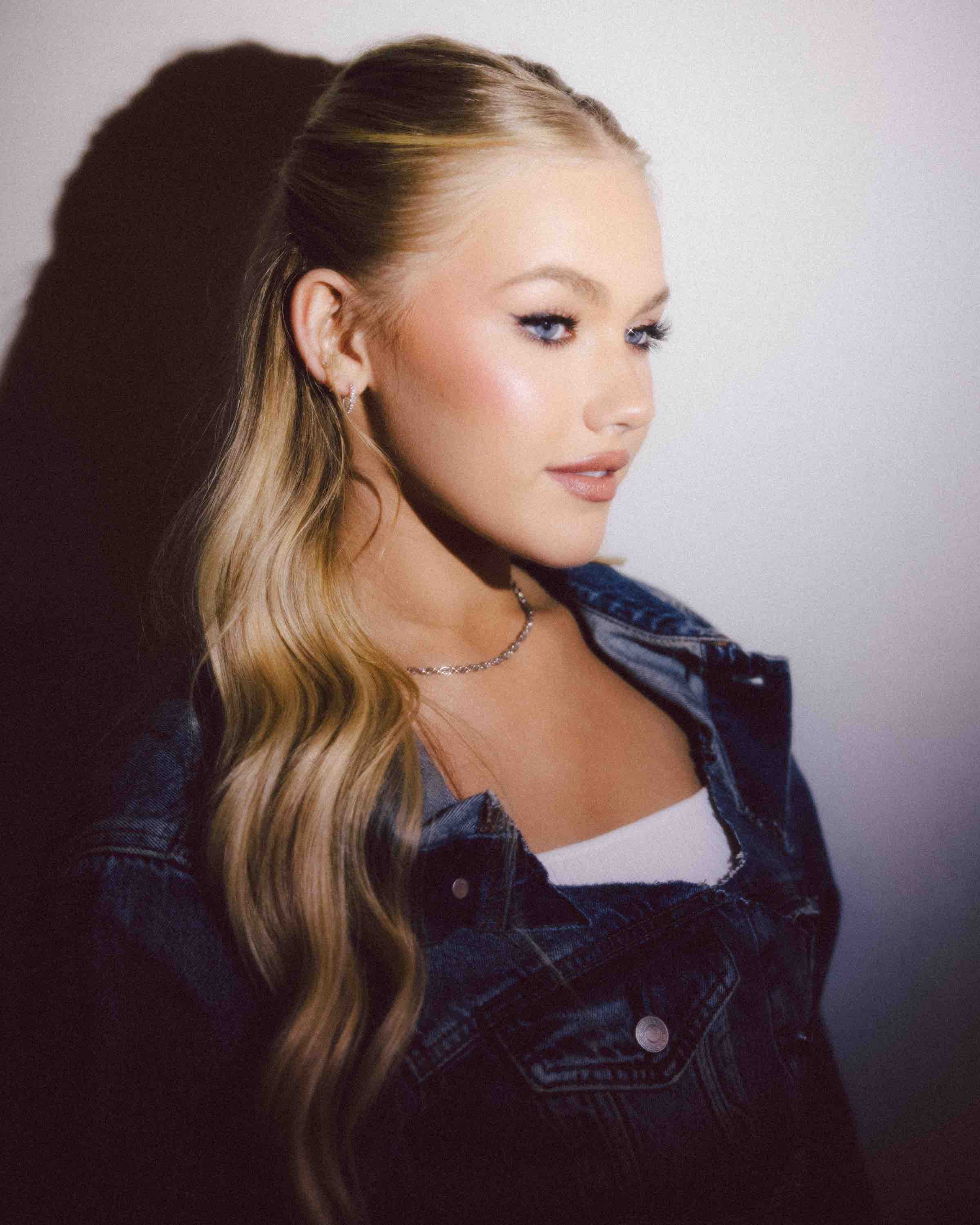
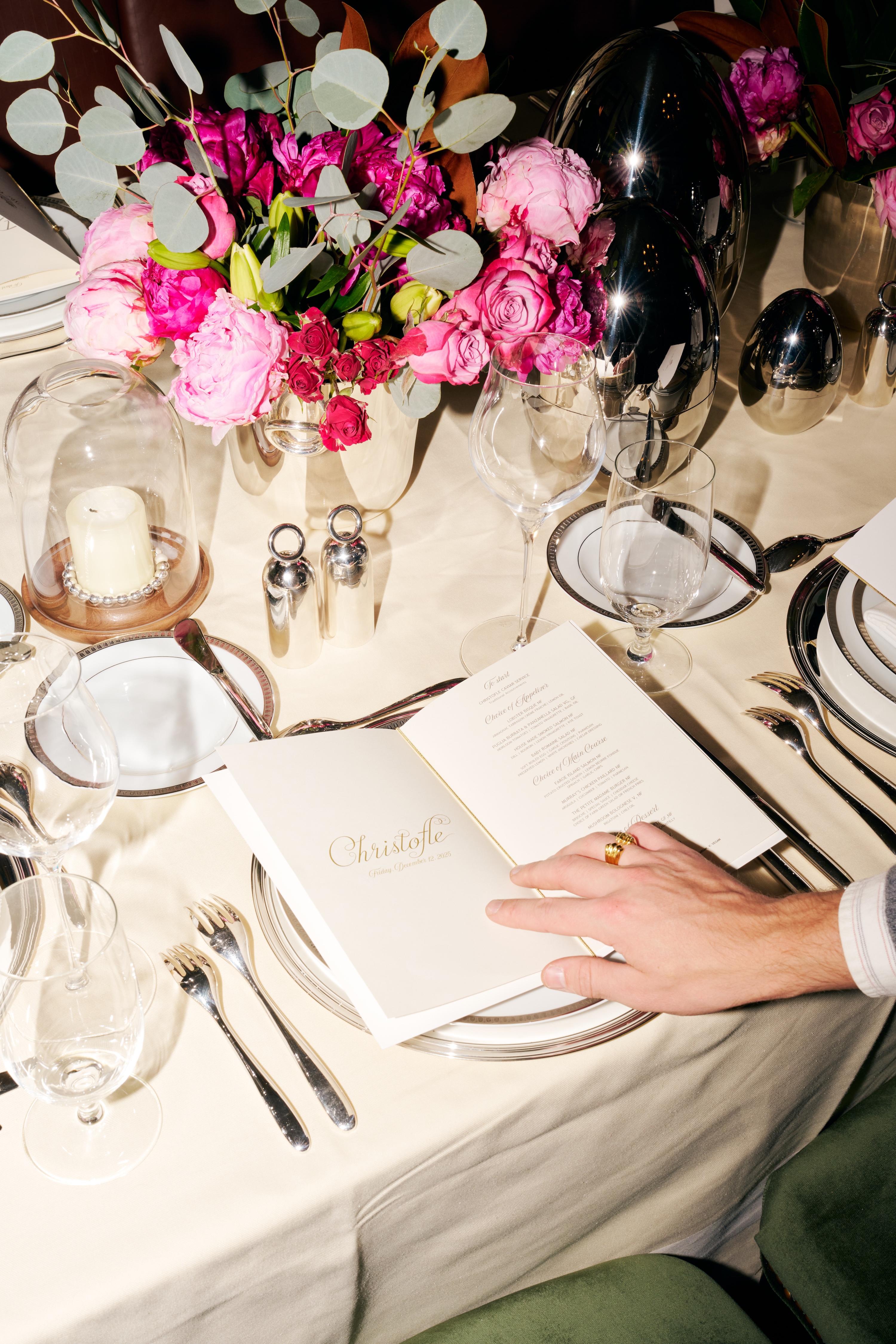

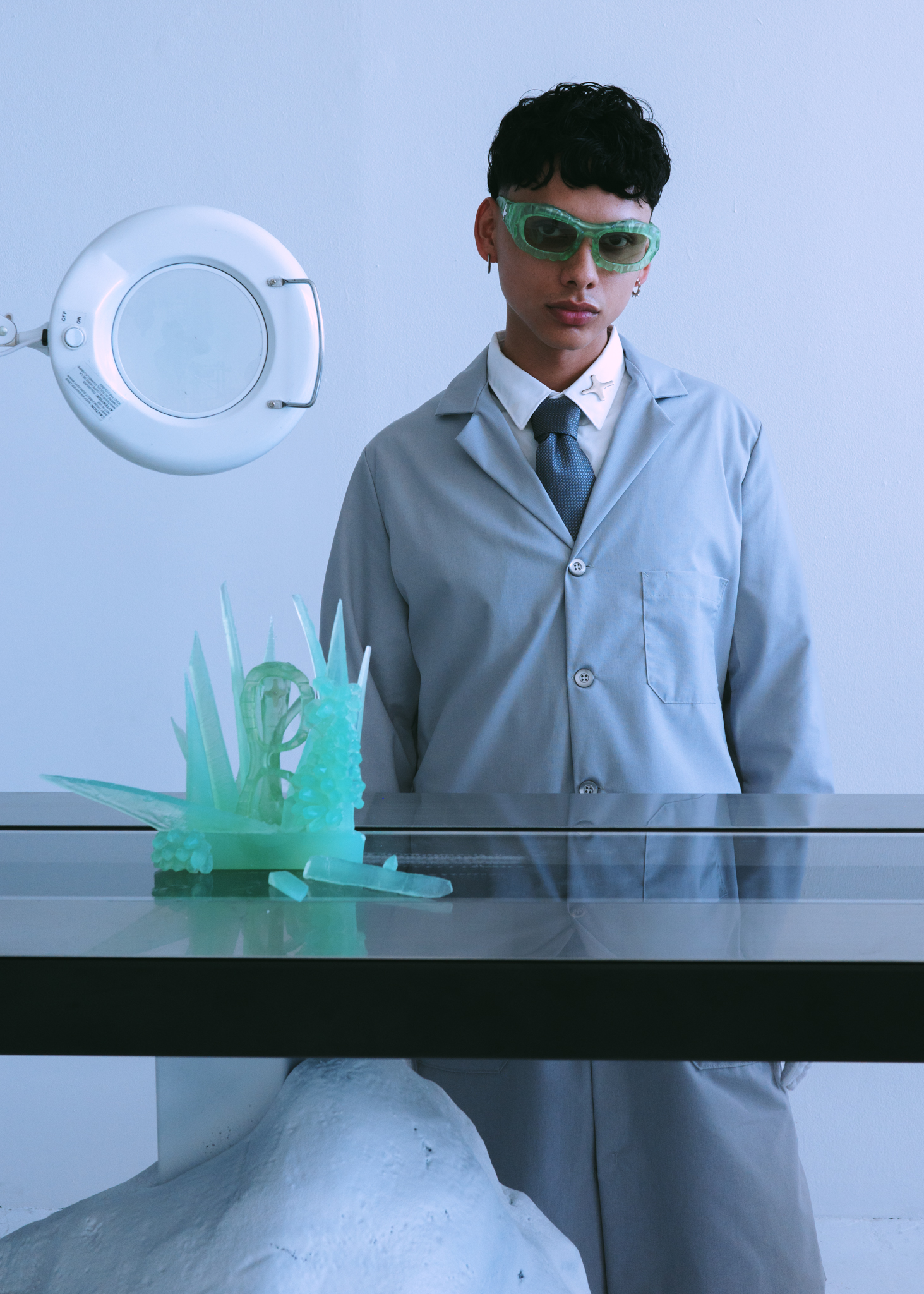
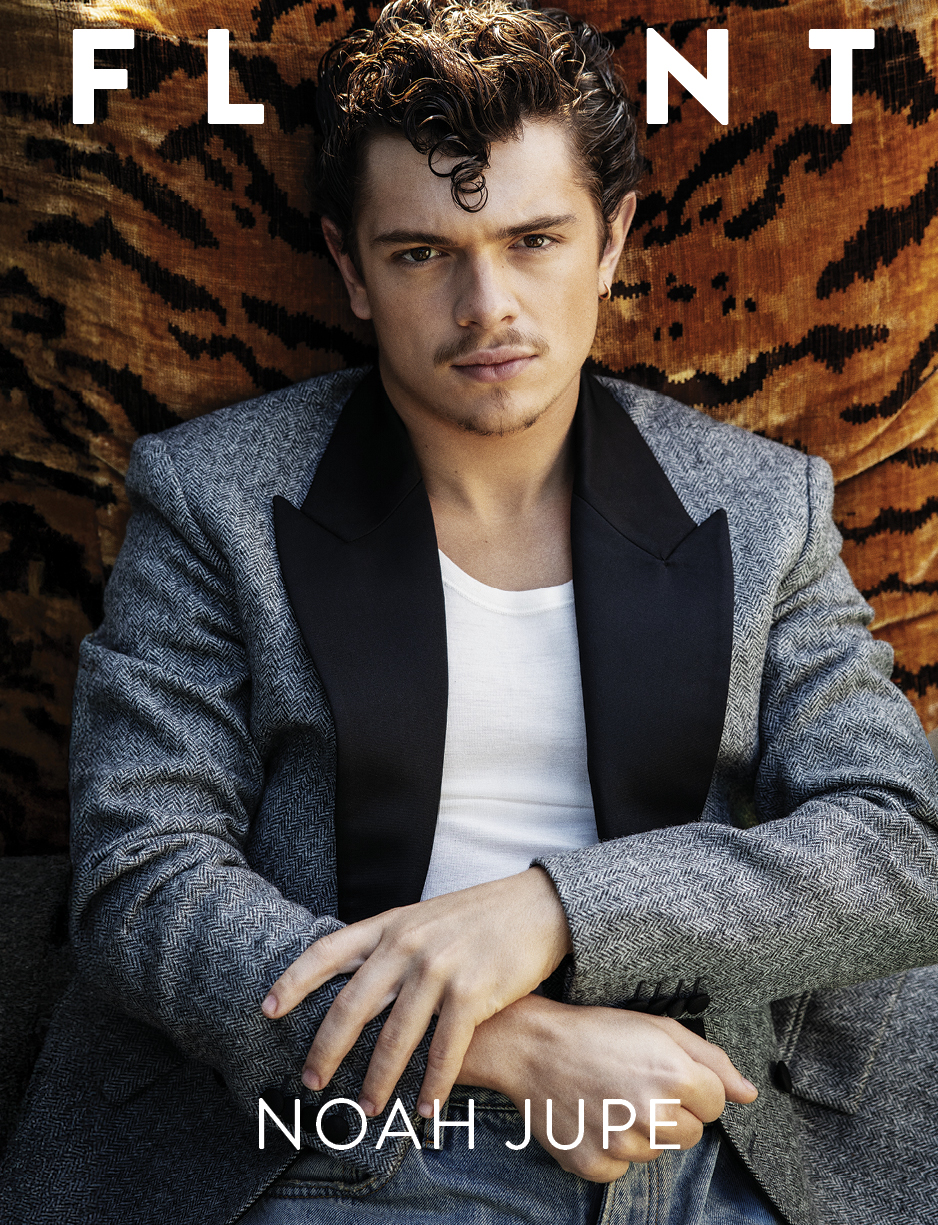
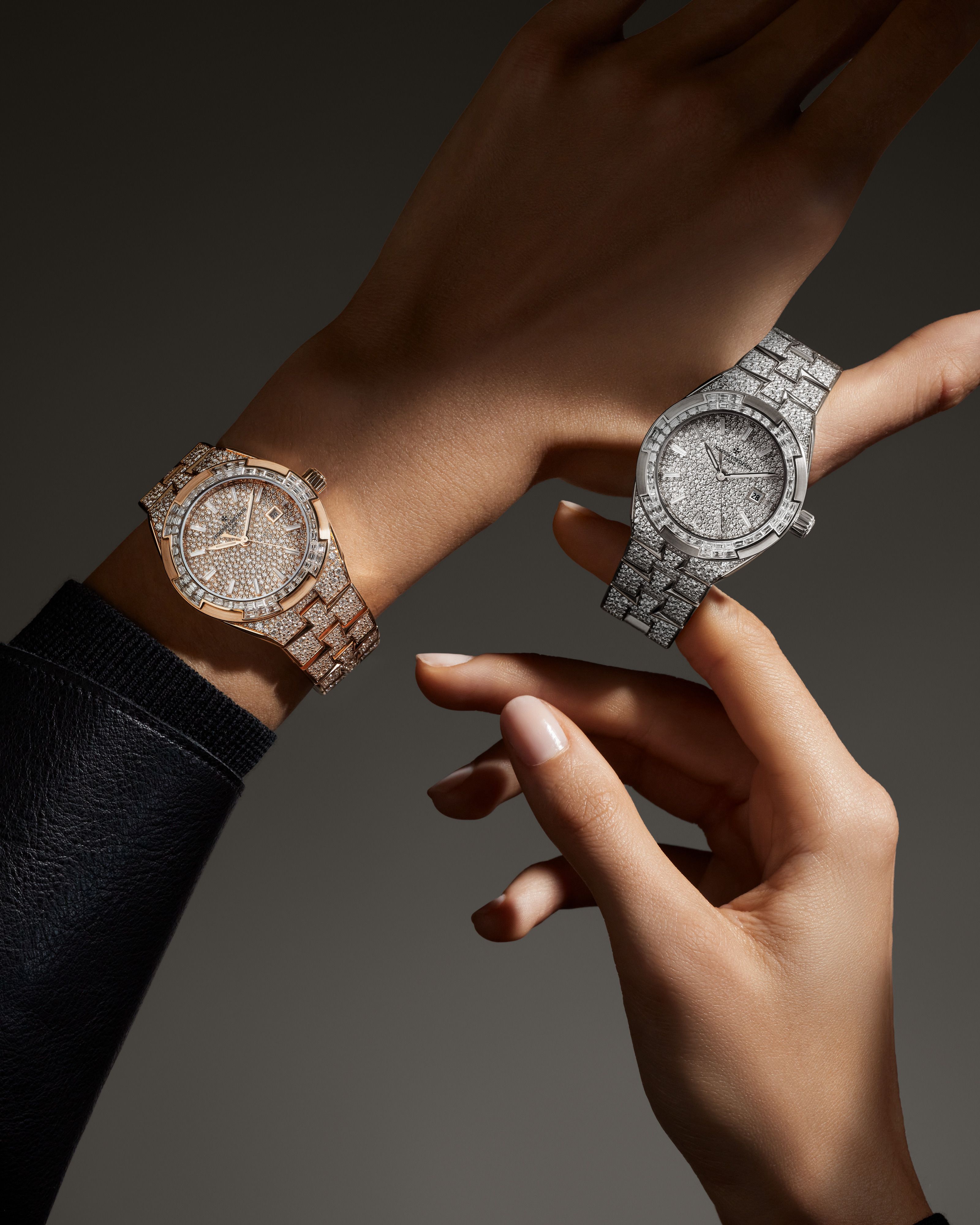

.JPG)
.jpg)
